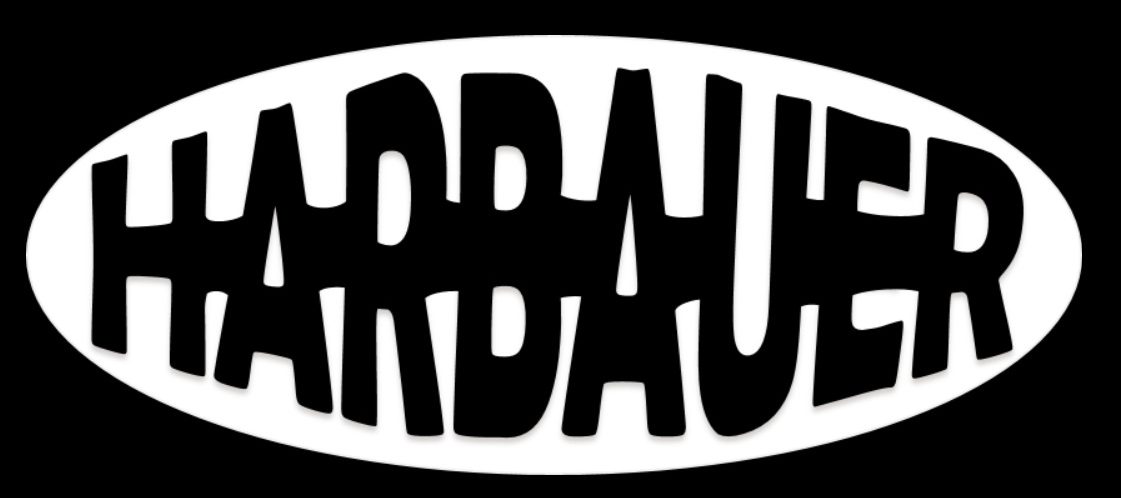Team
“It seems that all eukaryotic cells either have, or once had (and then lost) mitochondria. In other words, possession of mitochondria is a sine qua non of the eukaryotic condition”
Nick Lane, Power, Sex, Suicide: Mitochondria and the Meaning of Life
Current lab members
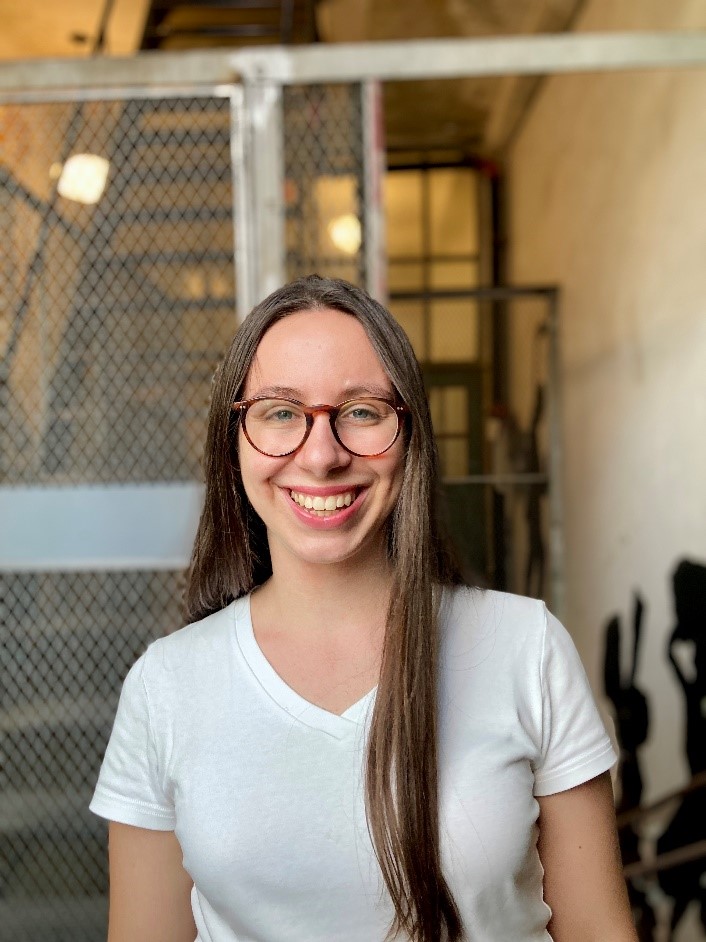
Isabel Geelhaar
MD candidate (Dr. med. sci.)
My current project: Investigating PINK1 import and degradation mechanisms using the SUNtag system.
The tools that I use: I have been using confocal microscopy, Immunoblotting, Immunoprecipitation and Immunocytochemistry
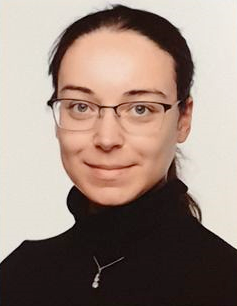
Marlena Helms
PhD candidate
My current project: For my PhD project, I am looking to generate an interactome for Synj2bp (my protein of interest). Previous research from our lab has identified the Synj2bp kinase (AMPK). So, I would be looking into identifying the corresponding phosphatase.
The tools that I use: Immunoprecipitation, immunoblotting, live cell imaging, proximity ligation assays, immunocytochemistry staining

Jana Lindner
Technician and Lab Manager
My current project: I’m working as a technician in the Harbauer Lab. My project is to make the lab run smoother. Sometimes trying to make the impossible possible.
The tools that I use: Phone and mind maps, as well as 5 Step problem solving technique: 1. identify the problem, 2. generate potential solutions, 3. choose one solution, 4. implement the chosen solution, 5. evaluate results

Hariharan Murali Mahadevan
PhD candidate
My current project: Mounting evidences point towards mitochondria-RNA association of nuclear-encoded mitochondrial transcripts in neurons. I am interested in identifying the factors that determine the targeting of such RNAs to mitochondria and their subsequent local translation and import. Also, I investigate the implications and significance of such mito-RNA associations in mitochondrial and neuronal health and maintenance.
The tools that I use: bulk RNA-seq and motif analyses, MitoTag-based mitochondria isolation, microscopy, gene-silencing using intravitreal injections, western blot, and in-vitro mitochondrial assays.
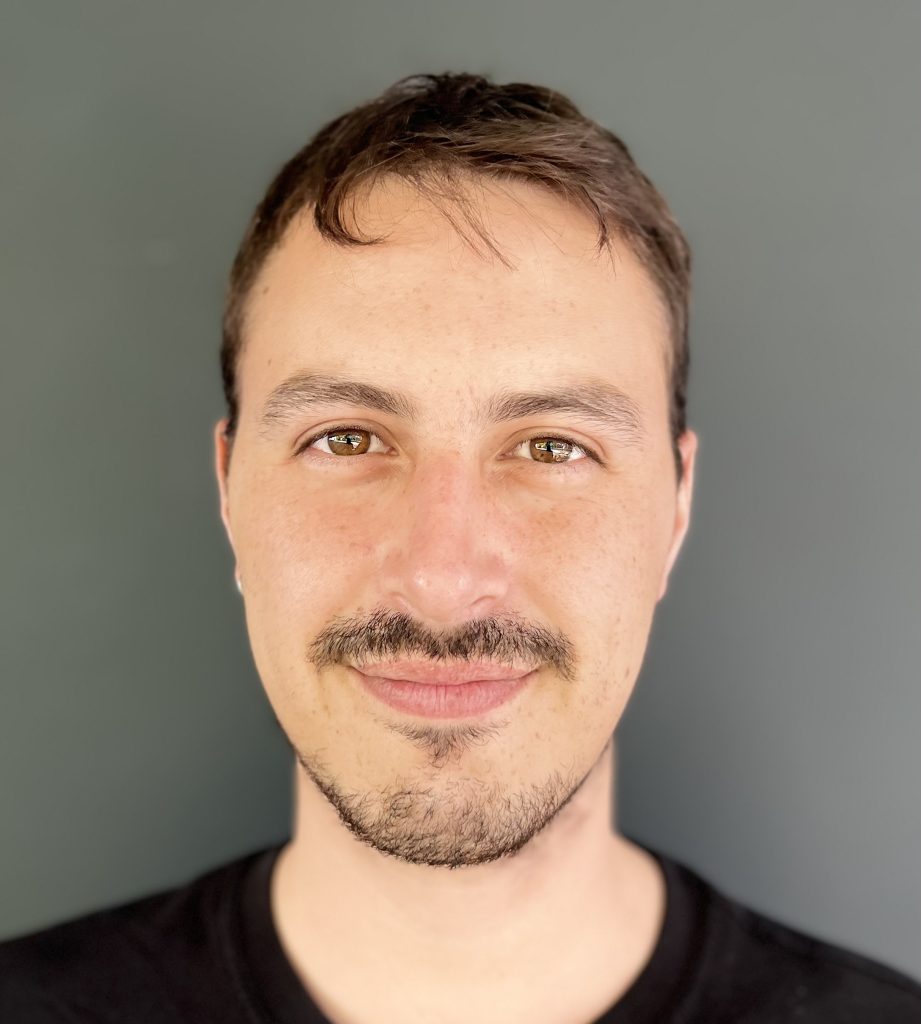
Luciano Román Albasini
PhD candidate
My current project: I investigate the neuron-type specificity of Pink1 mRNA transport and it’s relevance in neuronal dynamics.
The tools that I use: RNA In situ hybridization, live-cell imaging, immunocytochemistry, immunohistochemistry, RNAseq, label-free proteomics, Western blot, qPCR.
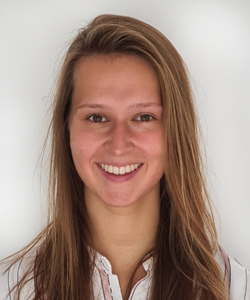
Alina Rühmkorf
PhD candidate
My current project: I investigate mitochondria-ER contact sites (MERCS) and the tether proteins that mediate the contact. MERCS are known to be involved in Calcium signaling, lipid homeostasis, and autophagy. I examine if specific tether pair proteins are differently involved in the process of mitophagy and want to characterize the differences.
The tools that I use: I use the (split-)APEX to investigate protein interactions and surrounding proteome and combine it with Western Blot analyses or immunofluorescence. I also use imaging-based techniques, like the PLA where I investigate protein interactions with fixed cells.
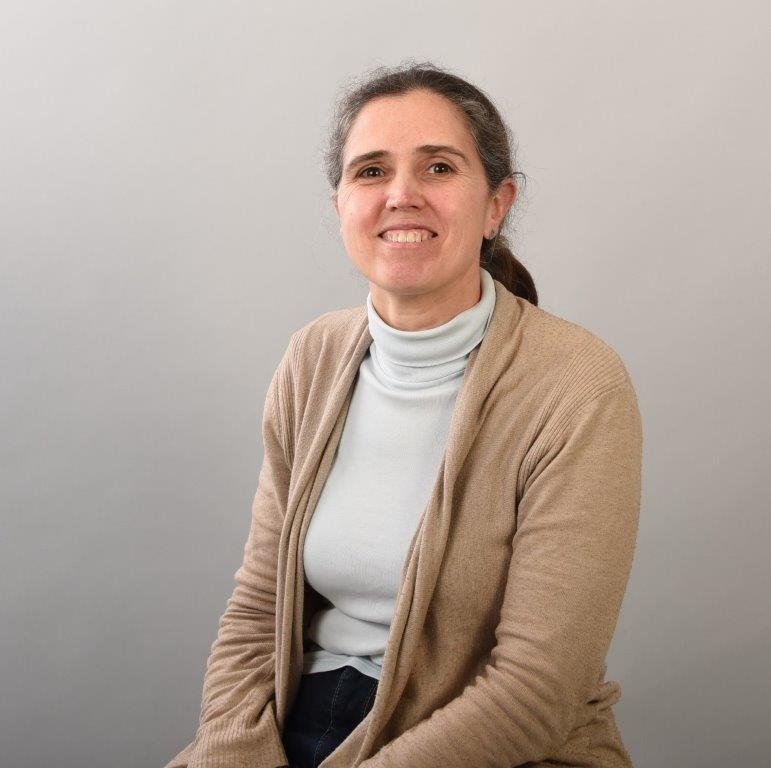
Inmaculada Segura
Postdoc
My current project: I study how local translation is regulated at mitochondria, including the role of phosphatidyl-inositides on it.
The tools that I use: Live-time imaging, SunTag technology, mRNA-protein, protein-protein and protein-lipid interactions

Benjamin Chun-Kit Tong
PostDoc
My current project: Most of my previous work investigates autophagy, mitophagy, and neuroinflammation in Alzheimer’s disease models. In cell models, we investigated how they affect the function of neurons, microglia, and astrocytes. In animal models, we investigate how they affect memory and learning functions.
The tools that I use: In vitro- CRISPR, flow cytometry, confocal microscopy, FRET microscopy, western blots, immunoprecipitation, ELISA. In vivo- LTP assay, and behavior assays for mice to assay motor and memory function (e.g. CFC / NOR / Open field).

Alexander Zorn
MD candidate
My project revolves around the regulation of mitochondria-ER contact sites by the Parkinson-related kinase PINK1.
The tool I use are in vitro phosphorylation assays, proximity ligation assays and confocal microscopy.
Domenik Köthnig – Master student
Alumni
2025

Simone Wanderoy, PhD candidate – now PostDoc at MRC Cambridge (Whitworth lab)
2024

Tabitha Hees, PhD – now trainee at GSK Deutschland, Marburg
Marie de La Rochefoucauld – Master student
2023
Maxime Döpp – Master Student
Viktoria Kubisova – Bachelor Student
Andrea Schneider – Master student – now PhD student at LMU Munich
2022
Caroline Weiß – Master student in collab. with Churchman lab (Harvard) – now PhD student at MPI Biochemistry
Mariana Martins – Bachelor student
2021
Ezgi Senoglu – Master student – now PhD student at TU Dresden
2020
Stephanie Weber – Intern
